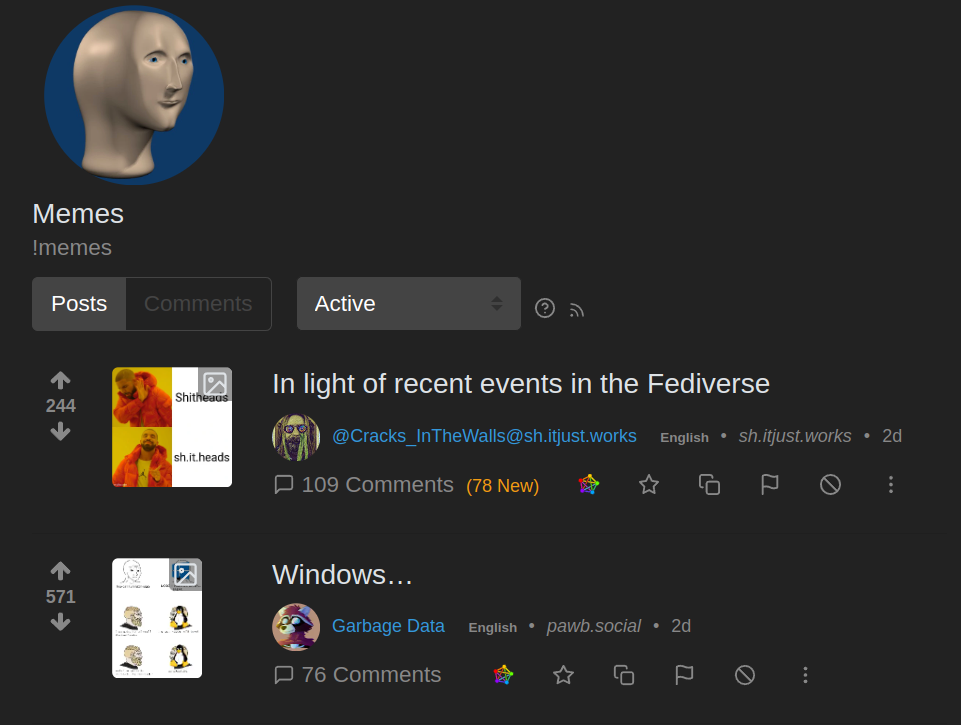If you visit a popular community like /c/memes@lemmy.ml with your web browser, the images shown are hotlinked from the Lemmy instance that the person posting the image utilized. This means that your browser makes a https request to that remote server, not your local instance, giving that server your IP address and web browser version string.
Assume that it is not difficult for someone to compile this data and build a profile of your browsing habits and patterns of image fetching - and is able to identify with high probability which comments and user account is being used on the remote instance (based on timestamp comparison).
For example, if you are a user on lemmy.ml browsing the local community memes, you see postings like these first two I see right now:

You can see that the 2nd one has a origin of pawb.social - and that thumbnail was loaded from a sever on that remote site:
https://pawb.social/pictrs/image/fc4389aa-bd4f-4406-bfd6-d97d41a3324e.webp?format=webp&thumbnail=256
Just browsing a list of memes you are giving out your IP address and browser string to dozens of Lemmy servers hosted by anonymous owner/operators.


Lemmy is pretty immature as code to actually run in production. It may be well over 4 years old, but the whole thing seems to have very little in the way of information that a server operator can look at to check the health and problems under the covers. It also doesn't deal with unrecognized data very well and hides a lot of errors in a log where the messages are often not very much of a hint what is going on.
Lemmy surely is unique, as I almost never see people using it actually criticize the code for quality assurance and testing. More often than not, I see people cheering and defending it. I've had to look through this experience and code as it is more run like an art project or a music band than any serious focus on data integrity or performance concern.